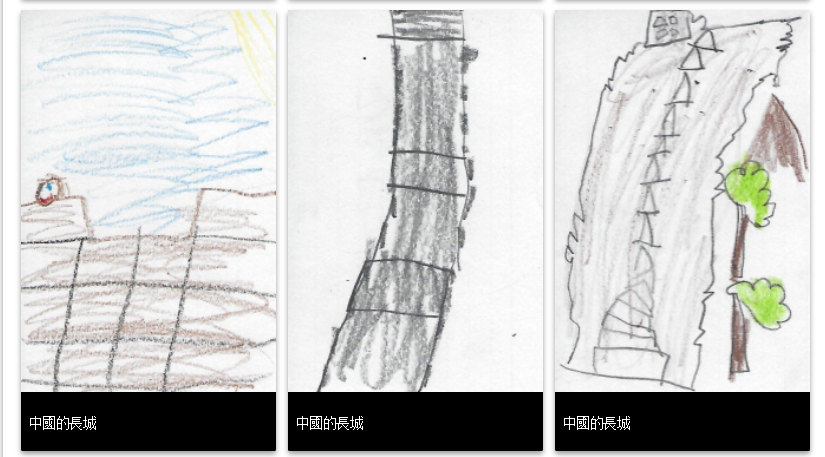Summary
What is an entrepreneur’s role in our economy? This student-centered project allowed students the authentic opportunity to use their knowledge of our economy and become entrepreneurs. The students were grouped based on student choice. Each individual designed his/her own product and collaborated with peers to formulate the name of their business, their mission statement, and a business plan. They synthesized information from the Internet to design innovative products. The individuals also reflected (self/peer) throughout their time in the project using face-to-face communication, as well as Google Documents. This was a significant piece to the process, as they set goals for future growth. The students had experts’ guidance along the way (specifically in advertising, marketing, logo design, and owning your own business or CEO). Moreover, students collaborated with the Virginia Council on Economic Education at their culminating event at the VCU Siegel Center. Students also used their critical thinking and problem solving skills in order to make a profit and become successful entrepreneurs. The students will also participate in the West End Farmers’ Market; it will be student-driven. The students will come up with where the earned US currency will go. Lastly, the students used their knowledge to create new product ideas that would meet the demand of the economy. In the end, each business will design a presentation that they will present to adults who have various business experience. The judges will score each business based on the following criteria: originality, sell-ability, profitability, customer-base, and sustainability.
TIPC Ratings
This lesson falls in the Ideal/Target range. The teacher introduced the concept of advertising and different ways to persuade. The student found authentic examples, through research, of each kind of advertising technique in the real world. Students discussed the advantages and modified their advertising accordingly. The students also used research through experts. The experts came in to our classroom in the areas of marketing/advertising, logo design, and owning your own business (CEO). Thereafter, the students went to findmylogo.com and researched different ways to design logos. Next, the students designed their own logos on the laptops.
This lesson falls in the Ideal/Target range. Students will be collaborating with one another to create and implement a business plan. They will also be communicating as businesses through commendations and recommendations. They selected Google Documents to do part of this. They will modify their businesses accordingly. Experts in the advertising, marketing, and logo creation fields came to the classroom on various days to communicate their knowledge to the class. The students used this knowledge for future growth. Lastly, they will communicate with local business people in the Richmond area as they present their sales pitch. After the presentations, the local business people from our area will score the seven businesses.
This lesson falls in the Ideal/Target range. One of the goals of the project is for each business to be successful in selling their products. Students must use their critical thinking and problem solving skills in order to create and modify products based on the market and sales. It will be necessary that students understand and implement the basic elements of economics, such as supply and demand and opportunity costs.
This lesson falls in the Ideal/Target range. Each business determined a type of product that they would sell. Creativity and innovation were necessary in determining the products to be sold. In addition to creating the products, the student had to design an advertising campaign to market their product. All products were student-generated.






